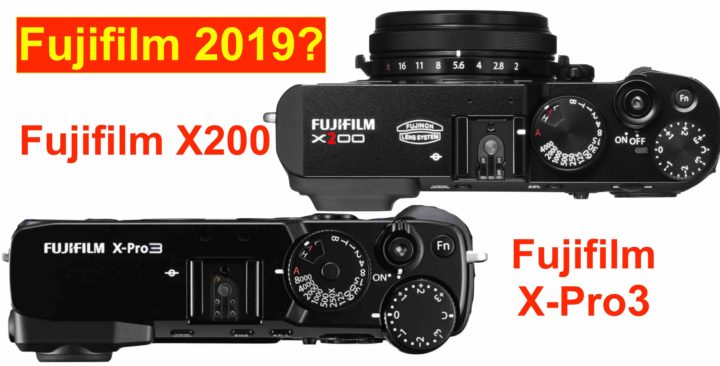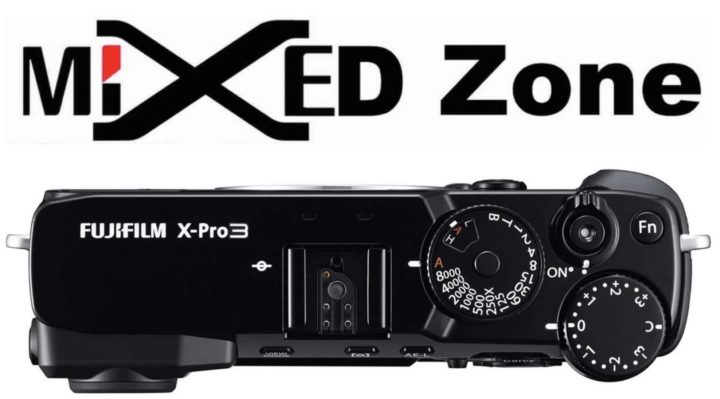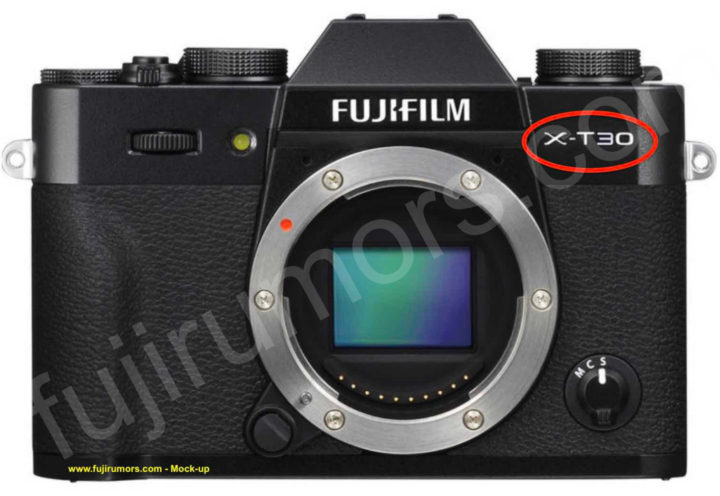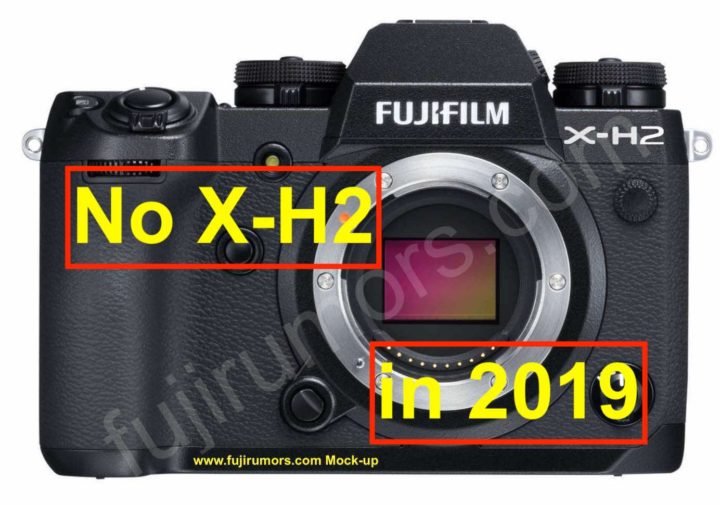Fuji Guy Billy: Fujinon XF 33mm f/1.0 Development Challenge, XF 16-80mm f/4 very silent AF, X-H1 Market Misunderstanding and More
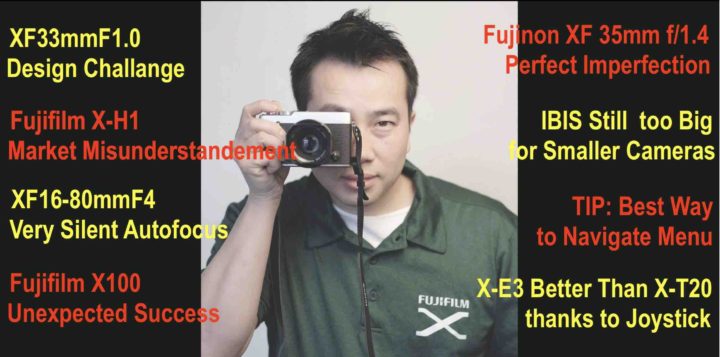
Fuji Guy Billy Interview
Fuji Guy Billy joined the Fujilove podcast. For those of you, who are right now on the road or at work and you can’t listen to it all at iTunes, Stitcher or on fujilove, here are the key points:
Fujinon X Mount Lenses
- Older Fujinon lenses have new life in terms of autofocus on Fujifilm X-T3
- The legendary XF35mm f/1.4 was deliberately designed not optically perfect, to give it a unique characteristic and that “magic” look
- Fujinon XF 16-80mm f/4 R OIS WR has a very quiet autofocus
- Fujinon XF 33mm f/1.0 very difficult lens to develop. Lens elements are quite heavy, so lens needs to be bigger (XF33/1 size comparisons here) and it’s the only f/1 autofocus lens out there
Fujifilm X100, X-E3, X-T20 and X-T3
- Fujifilm X100 was the game changer and started the X series success
- When developing the X100, Fujifilm wondered who is going to buy a fixed lens camera at this price point, but it turned out to be a success
- Fujifilm X-T3 is balance of size, weight and quality in a good price point, but for Billy even the X-T3 is big
- Billy’s go-to camera is the Fujifilm X-E3, paired with XF35mmF2, XF23mmF2 and occasionally the XF50mmF2 because of portability
- Fujifilm X-T20 with no joystick is a dealbreaker for him
Fujifilm X-H1
- Fujifilm X-H1 latest firmware introduced lots of improvements and the new lower price makes it very tempting
- The Fujifilm X-H1 maybe has been misunderstood by the market. It had a lot of new video features, so people considered it more a video camera. But it is also a better and more robust camera, and facilitates handling of bigger lenses. For Professionals weight is sometimes not a problem, but more durability. That’s why Fujifilm launched the Fujifilm X-H1. It should also appeal to DSLR customers, who were on the fence of switching to mirrorless. IBIS is quite nice also for photography, especially in low light
- Shutter has an S1 (half press) and S2 (full contact to release shutter) position. Regarding the Fujifilm X-H1, you can contact your Fujifilm service and see if they have an option to adjust the S1 and S2 position to your taste (low, medium or high). There might be a charge for that service, depending on your country
IBIS
- Fujifilm wanted to make an excellent IBIS system, and it is one of the best on the market. But the size of the system was too big to put it into other X-series cameras. At this moment, it can’t fit in other cameras, but hopefully one day IBIS can be designed smaller and make it fit on other cameras
Fujinon G Mount Lenses
- Fujinon GF 50mm f/3.5 coming in 2019 and Fujinon GF 45-100mm f/4 in 2020
- Fujinon GF 100-200mm f/5.6 R LM OIS WR: If you look to move into medium format, you don’t have many lenses initially to choose from, so zoom lenses can cover various focal lengths. The GF100-200 is compatible with teleconverter. It’s a little bit heavier, but very sharp. At that focal length with medium format sensor, you can isolate your subject very well
External Battery Packs
- Fujifilm recommends the Anker PowerCore+ 26800 PD and Anker PowerCore Speed 20000 PD
- But there are more “PD” (Power Delivery) battery packs. You can recognize them from the UBS-C connection. You need to use that connection
- For a full overview on which Fujifilm cameras can be powered using a battery pack, check out this article
- For cameras without USB-C connection like Fujifilm X-T2, you can power the camera using a USB-C to USB 3.0 cable
- Battery Pack allows you for example to make timelapse all night long without worrying about changing the battery
- The Anker PowerCore+ 26800 PD battery level drops by only 10% after 5 hours powering a Fujifilm camera
- Officially you can charge 1 battery for 7 times using the Anker PowerCore+ 26800 PD, but in Billy’s experience you can charge it even more times
Navigate Menu
- Tips and Tricks: Best way to navigate the menu is using the front and rear command dial. Front dial jumps from page to page, and rear dial jumps from item to item
Follow FujiRumors on Facebook, Instagram, RSS-feed and Twitter
Our Owners Groups
- Fujifilm GFX User Group
- Fujifilm X-T User Group
- Fujifilm X-H User Group
- Fujifilm X-E User Group
- Fujifilm X-Pro User Group
- Fujifilm X100 line Group
Our Facebook Pages

